Putting Students at the Center: A Reference Guide
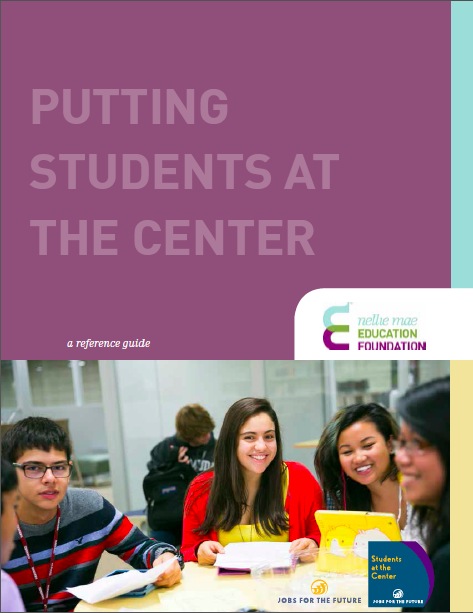
Today, we know more than ever about how students learn. Education researchers have identified key components of college and career readiness, while research in the cognitive sciences has revealed the neurological pathways of effective learning and shown how it affects the brain. This reference guide from the Nellie Mae Education Foundation delves deep into the principles… Read More ›
What is Student-Centered Learning? (brochure)
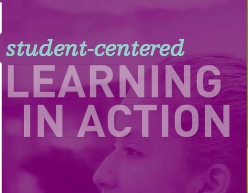
Why should education be one-size fits all? Learning doesn’t stop when the final bell rings. Does your brain only work when you’re sitting in a chair? How do we prepare today’s learners for tomorrow’s economy? Learn more about student-centered learning from this Nellie Mae Education brochure. Download this brochure >
Student-Centered Learning: Impact Academy of Arts and Technology
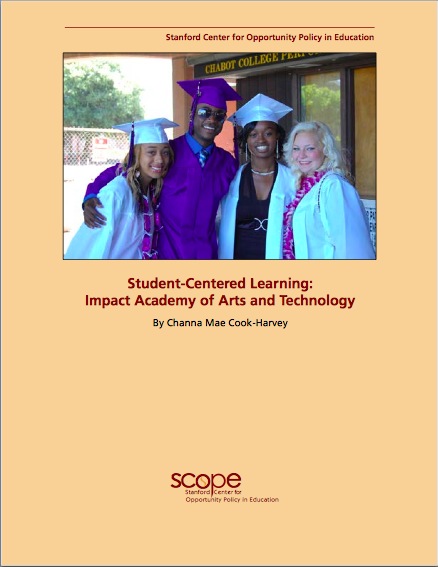
With a distinct focus on personalization and student engagement, Impact Academy of Arts and Technology High School (Impact Academy) stands out as a unique learning environment when compared to neighboring comprehensive high schools. At Impact Academy, students are expected to know how to synthesize information, determine what’s important, and present what they’ve learned. The school’s… Read More ›
Student-Centered Learning: City Arts and Technology High School

City Arts and Technology High School (CAT) emphasizes a strong student-centered focus, student-based inquiry, self-reflection, student exhibitions and portfolio defenses, and ongoing professional development for teachers. CAT holds students to high academic expectations by nurturing strong relationships with the students and coherent instructional approaches and expectations to help provide consistency for their students, many of… Read More ›
Student-Centered Learning: Life Academy of Health and Bioscience
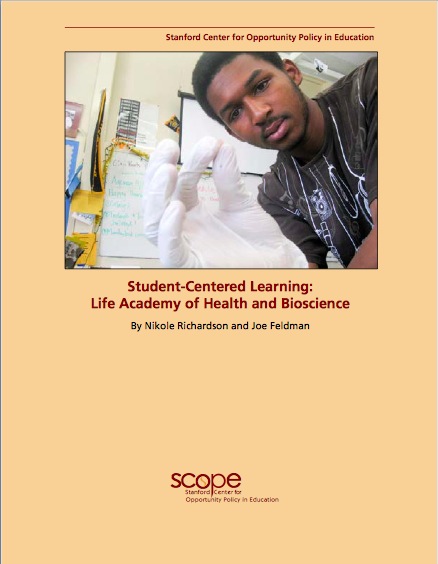
At Life Academy of Health and Biosciences (Life Academy) in Oakland, California, student voice and choice drives every decision: what and how to teach, what structure will equip students and teachers to know and believe in each other, and how to bring out the best in students. At Life Academy, 99% of the student population… Read More ›
Student-Centered Learning: Dozier-Libbey Medical High School
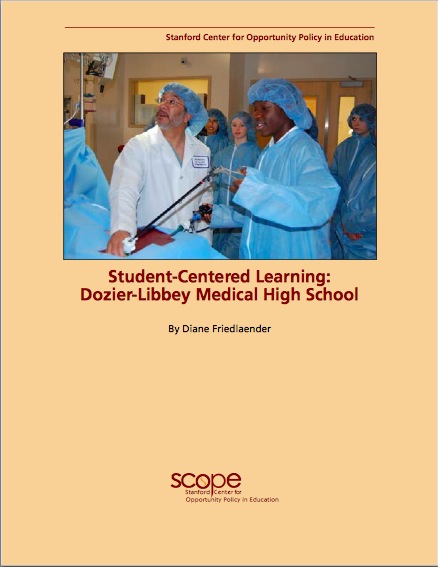
In this report, the Stanford Center for Opportunity Policy in Education (SCOPE) explores student-centered learning practices at Dozier-Libbey Medical High School (DMHS) in California—a school serving predominately low-income students and students of color. Within just five years of opening, the school has seen achievement levels far exceeding schools with similar student populations. DMHS is using… Read More ›
Deeper Learning For Every Student Every Day

What is Deeper Learning? What does it look like in the classroom? Does it cost more? Can it only be done in high-performing districts or by all-star teachers? This paper highlights Deeper Learning practices in 20 schools across the country before taking on 7 common myths about students, teachers, and schools. Visit the Resource →
Foreword to Anytime, Anywhere
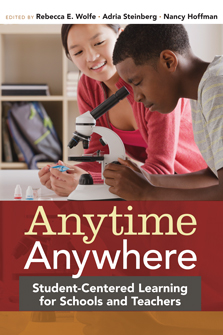
Foreword by Nicholas C. Donohue, President and CEO, Nellie Mae Education Foundation Foreword excerpt: The greatest opportunity facing our country today is that of sustaining and growing a flourishing society in the context of a fast-changing world. The days are gone when basic schooling coupled with ingenuity and hard work was sufficient for America to… Read More ›
Anytime, Anywhere: Student-Centered Learning for Schools and Teachers

Order now > Anytime, Anywhere: Student-Centered Learning for Schools and Teachers (Harvard Education Press, 2013) synthesizes existing research and practices in the emerging field of student-centered learning, and includes profiles of schools that have embraced this approach. Educators have argued that students should be at the center of learning, constructing new knowledge based on what… Read More ›
Curricular Opportunities in the Digital Age: Universal Design for Learning Edition
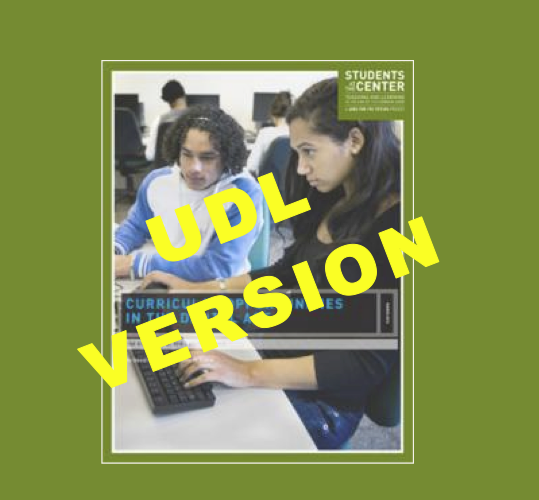
Students at the Center paper Curricular Opportunities in the Digital Age explores how new digital technologies can be used to design curricula that are flexible enough to adapt readily to individual differences. Authors David Rose and Jenna Gravel propose that universal design for learning—as the confluence of advances in the neuroscience of human variability and in… Read More ›
Teaching High-Level Mathematics to English Language Learners in the Middle Grades
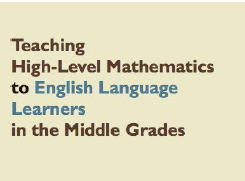
Students at the Center paper Latino/a and Black Students and Mathematics (Gutiérrez and Irving) asks readers to rethink the problem of mathematical achievement for all students, and for Latino/a and black students in particular. Teaching High-Level Mathematics to English Language Learners, a two-day professional development curriculum, reflects the principles espoused in this paper while extending the… Read More ›
Aligning Competencies to Rigorous Standards for Off-track Youth: A Case Study of Boston Day and Evening Academy
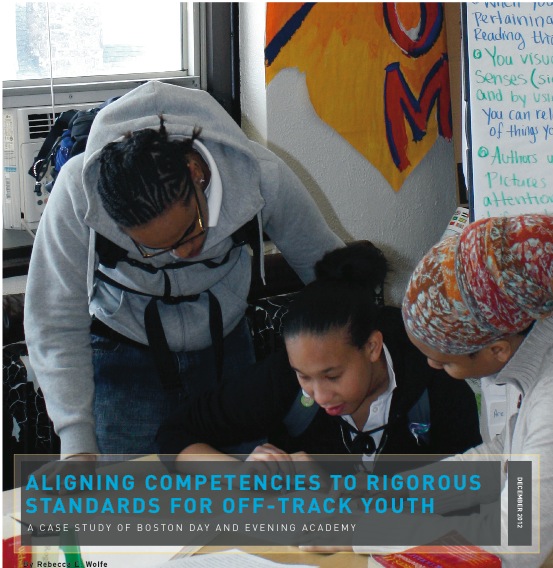
For over 17 years, Boston Day and Evening Academy has served a population of young people often left behind: those who are off track to high school graduation or who have dropped out altogether. Through its competency-based approach, BDEA has tackled one of the toughest education conundrums of our time: how to recover low-skilled students two… Read More ›